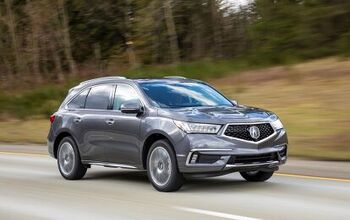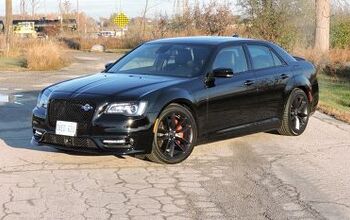BMW's Gen 6 Battery Promises 30% More EV Range


BMW’s new battery design could make for lighter, EVs that can go farther.
BMW really wants its new generation of EVs to go far, so it’s developing a new style of a lithium-ion cell for its forthcoming EV lineup. Dubbed the “Gen 6” battery, the latest battery cell should give 30% more range, according to BMW.
The current cells in BMW EV products are cylinder-shaped, prismatic cells arranged in modules, then bolted to the pack. BMW’s new Gen 6 battery cells abandon the module concept, saving room, and cramming as many cells as possible into the pack. The result is a reportedly more energy-dense pack that should be lighter and cheaper to make. Also, BMW has changed how the packs are integrated into the vehicle’s structure, opting for a “cell-to-chassis” design, where the batteries are now integral to the vehicle’s chassis. BMW says this makes for a stiffer, more rigid structure – allowing for better ride and handling characteristics.
The cost claims are pretty significant; BMW claims the new pack design is 50% cheaper to make. Considering that batteries can cost up to 40% of an EV, this could really make for some serious gains on BMW’s profitability and competitiveness in the market.
This new battery design is still a work in progress, and isn’t expected to show up until BMW’s “Neue Klasse” EVs are ready to go. The Neue Klasse cars aren’t due to see roads until at least 2025, starting with the BMW 3-series as it shifts to a fully-electric nameplate.
Become an AutoGuide insider. Get the latest from the automotive world first by subscribing to our newsletter here

Kevin has been obsessed with cars ever since he could talk. He even learned to read partially by learning and reading the makes and models on the back of cars, only fueling his obsession. Today, he is an automotive journalist and member of the Automotive Press Association. He is well-versed in electrification, hybrid cars, and vehicle maintenance.
More by Kevin Williams































Comments
Join the conversation
Cylindrical shaped prismatic cells- i they are either cylindrical or prismatic- not both. Please correct this.